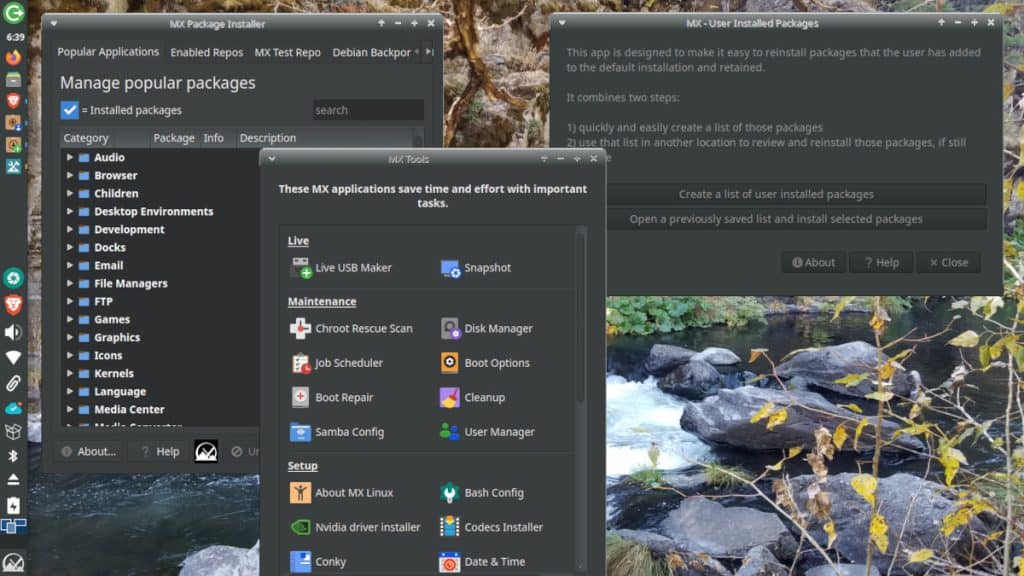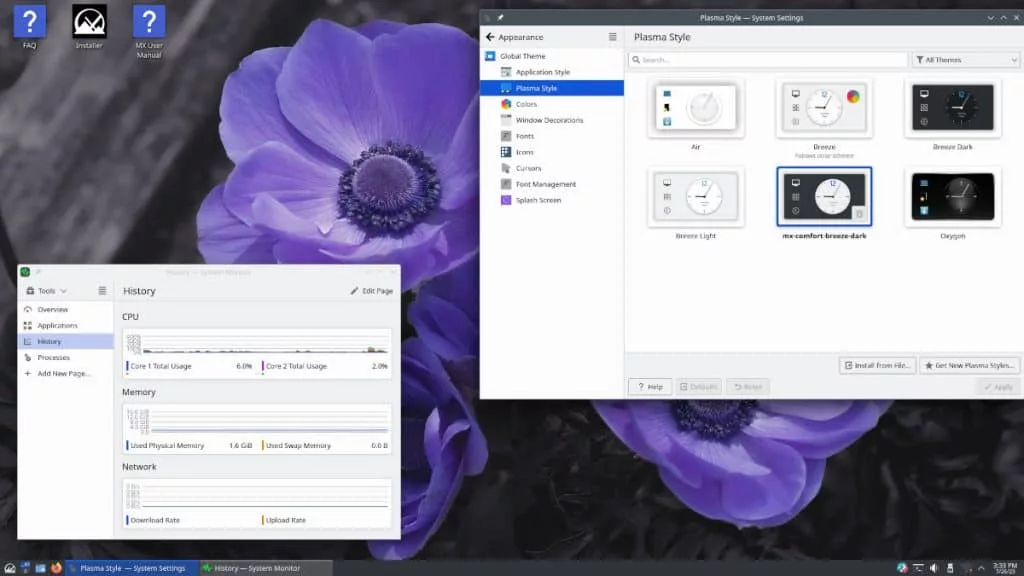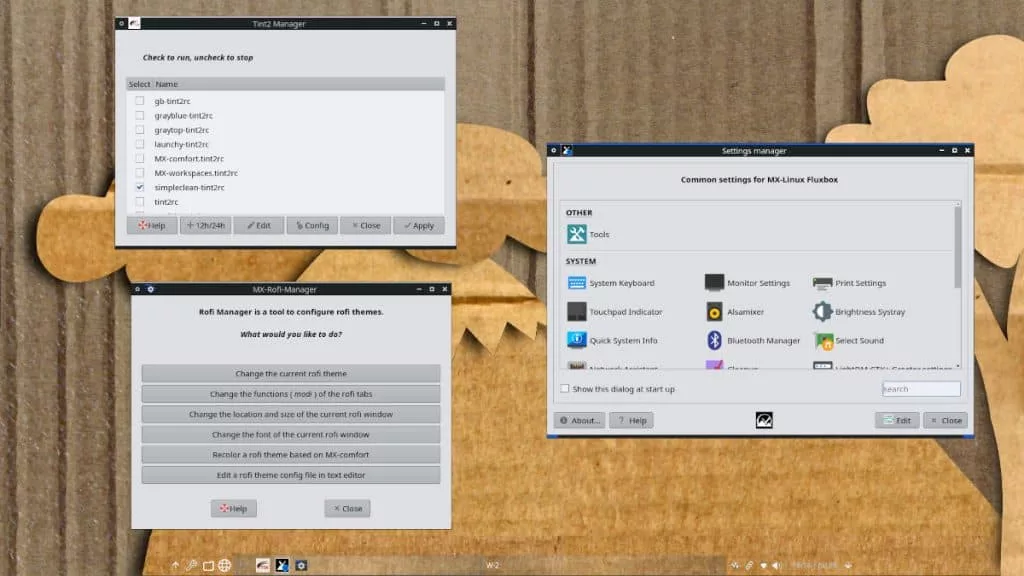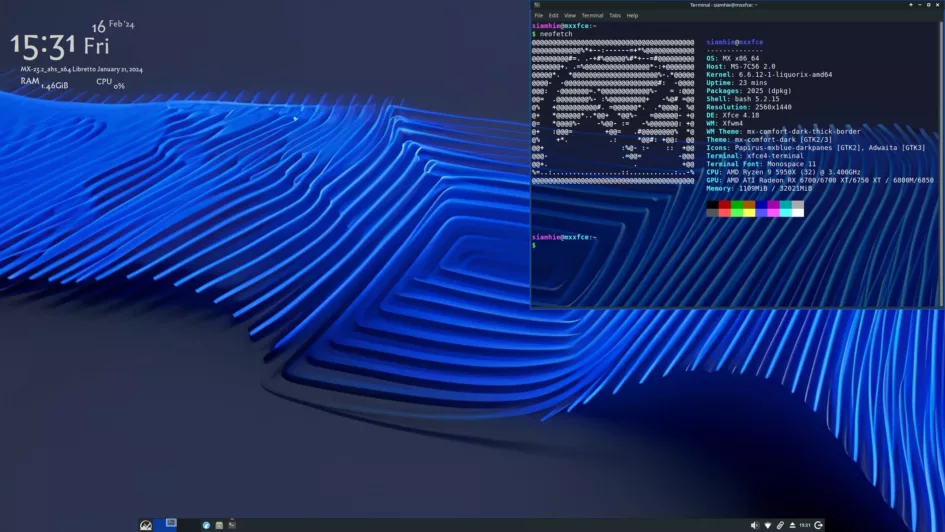In the ever-evolving landscape of Linux distributions, MX Linux stands out as a compelling option for users seeking a balance between performance, stability, and user-friendly features. Launched in 2014, MX Linux has rapidly gained popularity among both beginners and experienced users. In this comprehensive review, we’ll delve into the key aspects that make MX Linux a noteworthy choice in the world of open-source operating systems.
Foundation and Philosophy
MX Linux is based on Debian, one of the most respected and stable Linux distributions. Its development is a collaborative effort between the antiX and former MEPIS communities. The underlying philosophy of MX Linux revolves around simplicity, efficiency, and user customization. This results in a distribution that caters to a wide range of users, from those with aging hardware to power users seeking a lightweight yet feature-rich system.
According to distrowatch.com, MX Linux is the most downloaded distro lately.

Desktop Environment
MX Linux utilizes the Xfce desktop environment, known for its lightweight nature and customizable interface. Xfce strikes a perfect balance between resource efficiency and a visually pleasing desktop experience. MX Linux enhances this by providing a polished and user-friendly desktop environment out of the box.
From the MX Linux website we can also download the KDE desktop environment with kernel 6.1 and the Fluxbox desktop environment with kernel 6.1 for 32-bit and 64-bit computers.



MX Tools – Streamlining User Experience
One of MX Linux’s standout features is its collection of MX Tools, which are designed to simplify various tasks for users. From system maintenance to package management, MX Tools offer an intuitive interface for users to configure and customize their system with ease. Notable tools include the MX Package Installer, MX Conky Manager, and MX Snapshot for creating system backups.
Stability and Performance
MX Linux inherits the stability of Debian and enhances it with careful package selection and optimization. The distribution is known for its excellent performance on both older and modern hardware. MX Linux strikes a balance between being lightweight and providing a fully-featured environment, making it suitable for a wide range of devices.
Community and Support
MX Linux benefits from a vibrant and active community. The forums and online resources provide a wealth of information for users, ranging from troubleshooting tips to customization guides. The supportive community adds to the overall positive experience of using MX Linux.
Software Management and Package Availability
MX Linux benefits from Debian’s extensive package repositories, ensuring a vast selection of software is readily available for users. The MX Package Installer simplifies the process of adding and removing software, making it accessible for users of all experience levels.
MX Linux, with its solid foundation, user-friendly tools, and commitment to performance, is a compelling choice for those seeking a reliable and efficient Linux distribution. Whether you’re a Linux novice or a seasoned user, MX Linux offers a seamless experience with the flexibility to cater to your specific needs. As the open-source community continues to grow, MX Linux stands as a testament to the collaborative spirit and innovation that defines the world of Linux distributions.

